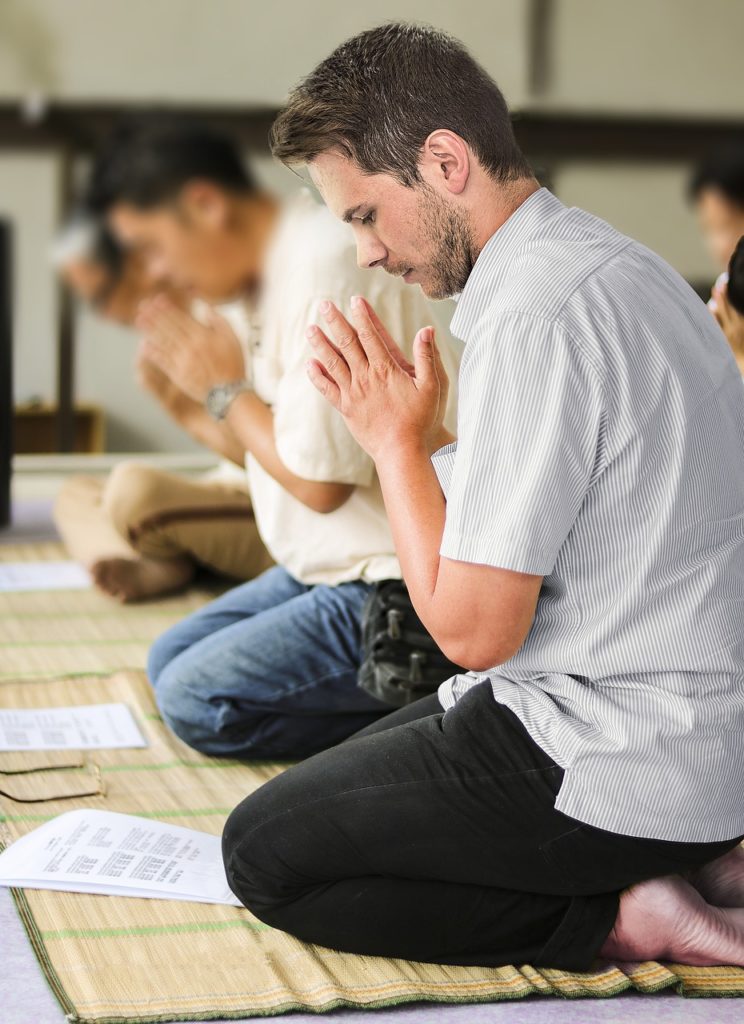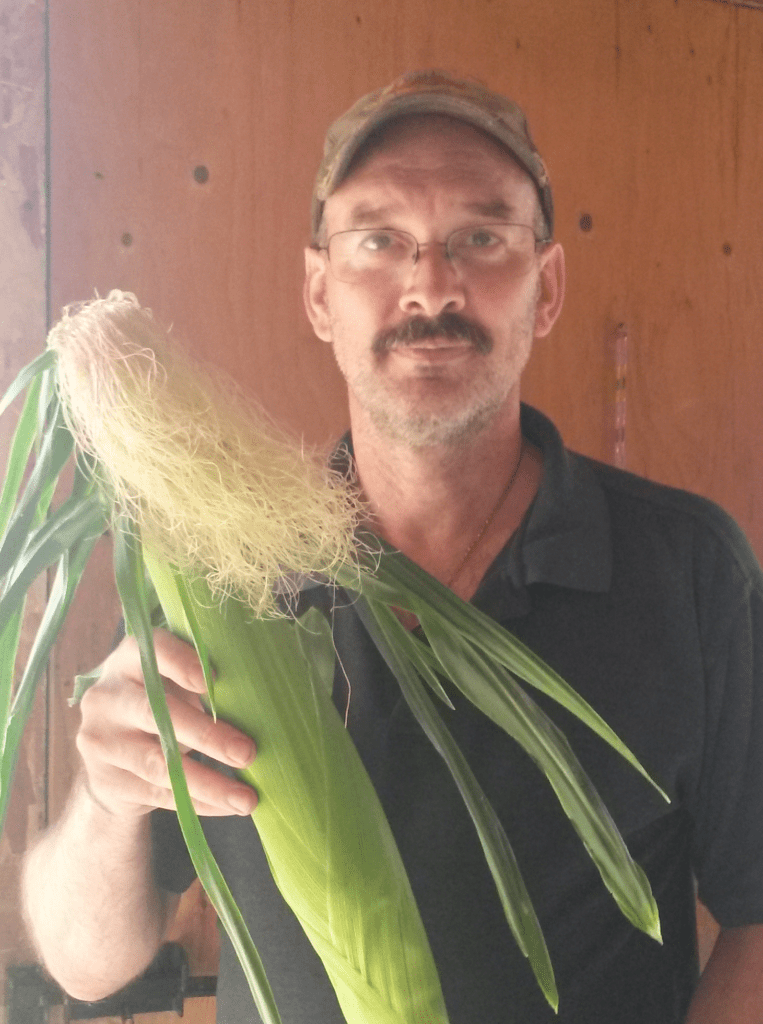
As a reformed emotional and mental abuser, I often wince when I see people express to others that the abuse happened in the past and to get over it. When working on reconciling relationships, we often focus on the side of the victim, but how often do we discuss the side of the abuser?
Let’s explore the later and the only way I know how to do that is to share what I went through during my healing journey. This journey required some key milestones that I had to go through. Each milestone was like climbing mount Everest, but with hard work, burning determination, support, and an open mind and an open heart, anybody can work through this journey.
Surrender
This first milestone took me 33 years to accomplish. Mainly because I refused to see or admit that I had a problem. Most abusers struggle with this first phase and as such fail to go through the healing journey. For me, it required that I hit rock bottom and be confronted with the sobering choice: Change or Die. Drugs, alcohol and a whole host of other addictions made it very difficult for me to be honest with myself. But when I faced that choice, I finally surrendered and chose to change.
That opened me up to really hearing and seeing how my behaviour was hurting other people, how to connect with my feelings and communicate with others in a peaceful and loving way. My violence was rooted in my own trauma, so I had to work on healing all of that at the same time. Tough, painful work. But I got through it and continue to fine tune it even to this day. I speak about this project frequently within my book, sacred circles and even in public as this is a big hurdle that prevents much of our healing in today’s world. Lots of people walking around with hidden or unacknowledged trauma.
Duty to hold space
During our reconciliation process, part of the healing journey is for the abuser to make amends with his / her victims. This can only really happen when both sides have done considerable healing work, otherwise there is a risk of sliding back into the abusive relationship. However, when done properly with honour and spiritual guidance, this can be a profoundly healing journey for both sides.
The challenge for the abuser is that he / she must hold space for the other to be able to share without fear of retaliation, justification or some sort of response of self defense, etc. This is best done within ceremony, facilitated by individuals who have experience with this type of work, but could be done one on one with a great deal of respect, honour and integrity. What this means is that the reformed abuser must hold the space and allow the abused to share their feelings, in silence and then acknowledge the violence to validate the feelings of the other individual. When I went through this phase, I felt shame, guilt and some of my old defense mechanisms came up where I wanted to justify or defend the behaviour. It took a lot of work to resist these automatic responses in favor of a more healthy approach.
It is extremely difficult to hear what the other is saying and admit to myself that what I did hurt them, scared them or harmed them in some way. Sitting there and nodding my head yes and acknowledging what I did is painful as I worked hard to empathize with the other individual and admit that I hurt somebody deeply. Here is the kicker, I don’t get to define their pain or suffering. That is theirs to share and for me to hear and acknowledge. Politicians and many chronic abusers struggle with this point the most.
Now I’m confronted with my own shame and guilt as I acknowledge the consequences of my own actions and behaviours. This actually helps me to connect the consequences of my own actions to the behaviours that I’m working on changing and healing. Now I must do more healing as I have the energy of that shame and guilt to work through. If I don’t do this work, then that energy get stuck and my healing stops. It is this next phase that helps solidify the lessons and puts in place the healing, protocols and boundaries that helps ensure the abuse ends.
Healing and Integration
This can be done within the same healing circle or it could be done afterwards. Shame and guilt are tough feelings to process and I’ve found that working through them required the establishment of boundaries and protocols to not only protect myself, but most importantly, to protect others. These boundaries are self limiting protocols to help ensure that I trigger myself should I ever engage in behaviours that have caused harm to others in the past. That helps me to move forward. However, I still have to resolve the past and the only way I’ve found to do that is to forgive myself.
This can me most challenging as these memories can haunt somebody for a life time. Even if others have not forgiven me, it is important that I do. The struggle is that I don’t lie to myself and use justification as a means to trick myself into thinking that I forgave myself. There is no justification to doing harm to another sacred being. True forgiveness must come from a genuine acknowledgement of the harm, establishment of protocols to ensure it does not happen again and a burning desire to hold one accountable to those protocols. When we do that, we can then let go of the guilt and shame so that we can move forward with the confidence that we have done everything we can to love ourselves and others. Letting go of that burden is our reward for doing the work to heal and establish healthy boundaries.
Vigilance and Persistence
This level of change is rare, extremely difficult, but indeed possible. I’ve heard from many people how it is impossible for violent abusers to change. I refuse to believe that and I pray that my work is proof that it is possible. However, this was of my own doing. Nobody did this for me. Nobody can change me, except myself. So all of you out there wanting to help heal people and change them, I question your motives.
What we can do though is hold space for people who have surrendered and are able AND willing to do this work. We can confront people and hold them accountable to their violent behaviour, whether it is a spouse, friend or somebody working for the state. Violence is violence and it comes in many forms, most of it legalized and justified, despite it violating spiritual law and the highest of moral and ethical standards.
When we get through this work, it becomes a life long journey of vigilance and persistence to ensure that any future trauma does not result in old behaviours resurfacing. It requires that the reformed abuser be forever vigilant and engage in constant checking in with self to make sure we are taking a healthy approach to our relationships. That is why boundaries are so critical as it is our tool for evaluating ourselves. Our boundaries are the framework and bedrock of our moral and ethical standards that we must hold ourselves to if we are going to hold the space and charge of a healthy relationship.
Others may justify having more fluid and dynamic boundaries, but for the reformed abuser, the risk is too great as it is far too dangerous for us to slip back into those old behaviours. When we do, we must be consciously aware of these events and have the faith and persistence to recognize when we slip up, engage the proper protocols to remedy the situation and restore ourselves into good standing with our self and others.
Rebuilding the Trust
The biggest mistake people make is that ONLY when we have gone through this whole process, made a few mistakes and quickly remedied the situation do the reformed abuser have an opportunity to rebuild the trust that was destroyed as a result of the original abusive relationship.
Trust is gained by walking the path and demonstrating good faith, skill, ability and healthy boundaries over a period of years! Most unreformed abusers can fake it for weeks or even months, but this cannot be faked over years. Our true colors come shining out after longer periods of time and for people who trust easily, this can often lead to the illusion that the abuser is reformed when in fact the work has not been done at all. But when the reformed abuser can demonstrate over long periods of time that they can hold the charge of what a healthy relationship is all about, then true trust can be reestablished and true reconciliation can take place.
For me, this required months and months of talking every day, hours each day, just to work through the past and heal the trauma. It also required over two years of walking the path to prove that I have indeed changed. I will share more about this in my next book, but I felt moved to express this for those who are currently struggling with these types of issues.
It does not matter if this is between a husband and wife, between an individual and the state or an individual and a corporation. War is war. Violence is violence. It does not matter if it is legal or not. When we finally admit to ourselves that the very institutions we have created are done out of violence and not peace, then we are only fooling ourselves and preventing profound healing from taking place.
But when we can finally admit that our actions and behaviours are abusive and hold the space to hear from others on the other end of it all, then we can truly start the healing journey.
Apologies mean very little along this journey. An apology is far too easy as it does not require any work or change in behaviour. A true apology will only be believed and trusted when the abuser goes through this journey.
Actions speak louder than words. It is time to confront the abusers and for anybody willing to do this work, I am more than willing to hold space to help. However, the journey is not easy and I will not tolerate abusive behaviour, denial or any excuses.
This school is for peace and that is how we can accomplish peace. When we find the integrity to honour our victims and can publicly hold space for their own expression and healing, then we have paid homage to them and found our way towards reconciliation, healing and integrity.
Homage: Special honour and respect shown publicly.
#PacemArts




